There are tons of video game titles based on existing anime franchises for Western fans to get their hands on, many of which are fighters for popular series like Naruto, Dragon Ball, and Bleach. Sadly, not every anime-based video game ends up getting localized and shipped to the West, meaning there are tons of great anime gaming experiences that Western fans won’t be able to experience.
In some cases, fans are lucky enough to import copies from Japan, but these don’t come translated — meaning RPGs and more text-heavy games aren’t able to be properly understood. The lack of a Western release for some titles makes sense, in the case of crossover games that would make acquiring the proper licenses nightmares, but other titles are from popular franchises like Sailor Moon and Fullmetal Alchemist and likely still would’ve performed well overseas.
10 Bishoujo Senshi Sailor Moon: Another Story
Released On: Super Famicom (1995)
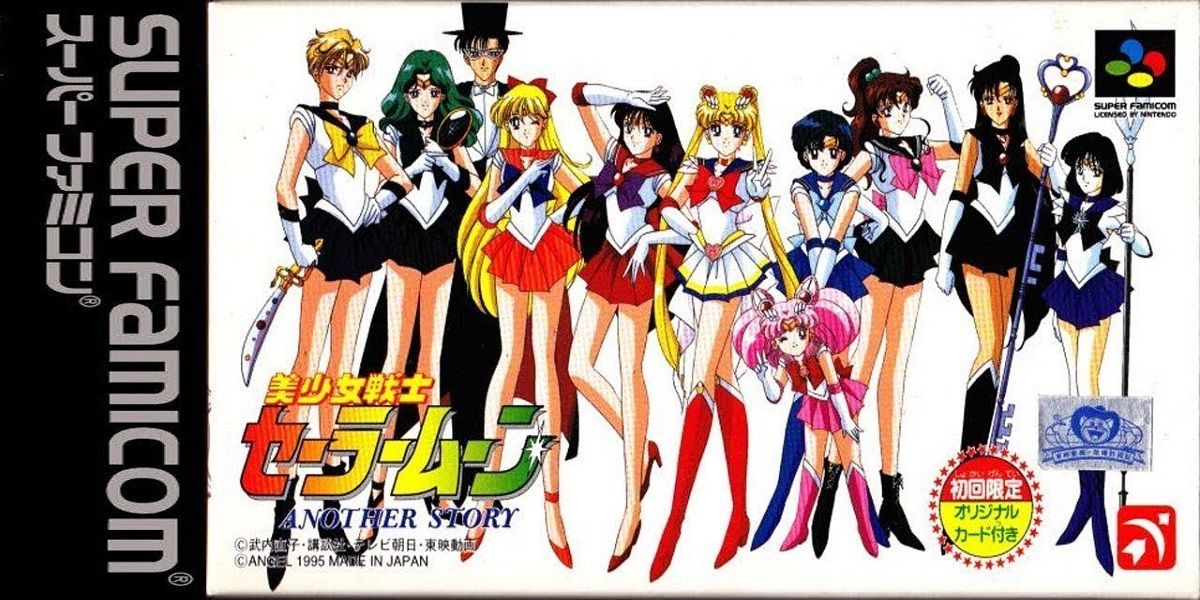
Bishoujo Senshi Sailor Moon: Another Story, released exclusively on the Super Famicom in Japan, is set between the third and fourth seasons of the Sailor Moon anime. Players can control either the group of Inner or Outer Guardians, as they fight against revived versions of previously defeated enemies from the series.
Apart from simply encountering and fighting enemies, players can roam areas to chat with NPCs to gain items, as well as solve puzzles. The overall reception to Bishoujo Senshi Sailor Moon: Another Story has been positive, with its graphics and battle system being met with praise.
9 Soul Eater: Battle Resonance
Released On: PlayStation 2, PlayStation Portable (2009)
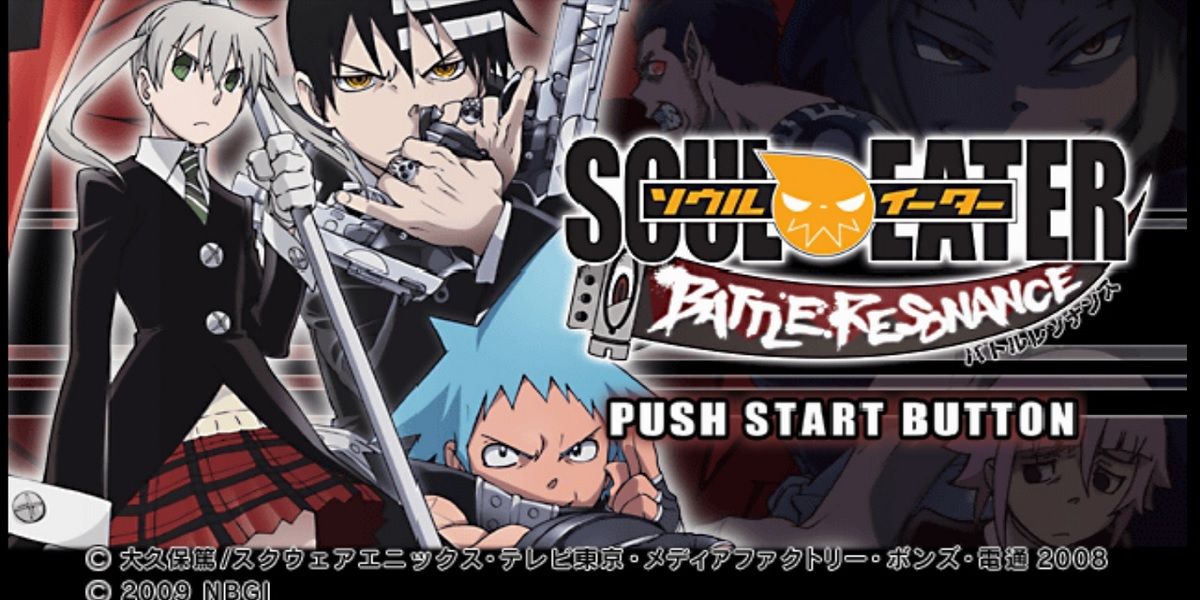
Developed by BEC and published by Bandai Namco Games, Soul Eater: Battle Resonance is a fighting game based on the popular Soul Eater series. Battle Resonance features 15 playable characters, five of which have to be unlocked, and a dozen different stages to fight on.
There are four main game modes available in Soul Eater: Battle Resonance, with Adventure Mode taking players through the first half of the anime. Both the PlayStation 2 and PSP ports have different exclusive content, with the former including alternate costumes for Maka, Kid, and Black Star, while the latter allows for multiplayer.
8 Yuki Yuna Is A Hero: Memory Of The Forest
Released On: PlayStation Vita (2015)
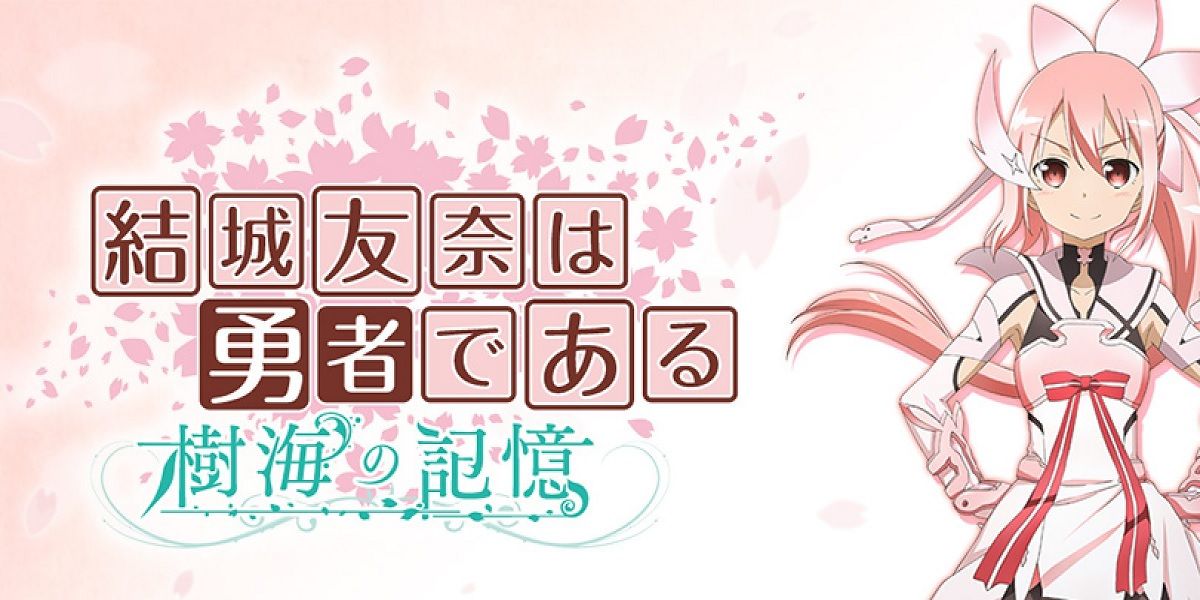
Yuki Yuna is a Hero: Memory of the Forest includes its own original 99-episode story, making the lack of an official translation even more tragic. There are a total of eight characters as a part of Memory of the Forest’s roster, five of which are playable.
There are two distinct gameplay modes, the first being Event Mode, which uses a visual novel format to tell Memory of the Forest’s original game-only story. The other mode is Action Mode, which allows players to fight against enemies as one of five members of the Hero Club.
7 Naruto Shippuden: Gekito Ninja Taisen! Special
Released On: Nintendo Wii (2010)
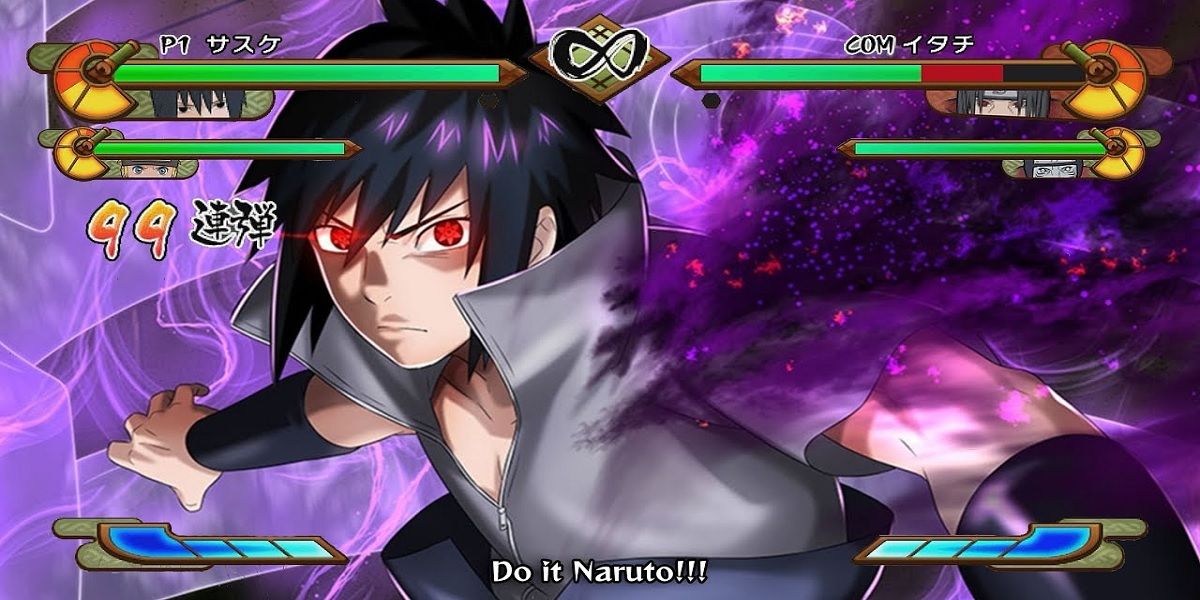
Although most Naruto games do make their way to the West, given the monumental popularity of the series, Naruto Shippuden: Gekito Ninja Taisen! Special did not. In fact, out of the 11 Clash Of Ninja games, only five of them saw Western releases, with the other six being Japan-only titles.
Naruto Shippuden: Gekito Ninja Taisen! Special’sroster includes 39 playable characters, five of whom have alternate forms or outfits. This particular Naruto title is the last one TOMY had rights to work on, losing them due to in-fighting as well as re-using assets from previous games.
6 Jump Ultimate Stars
Released On: Nintendo DS (2006)
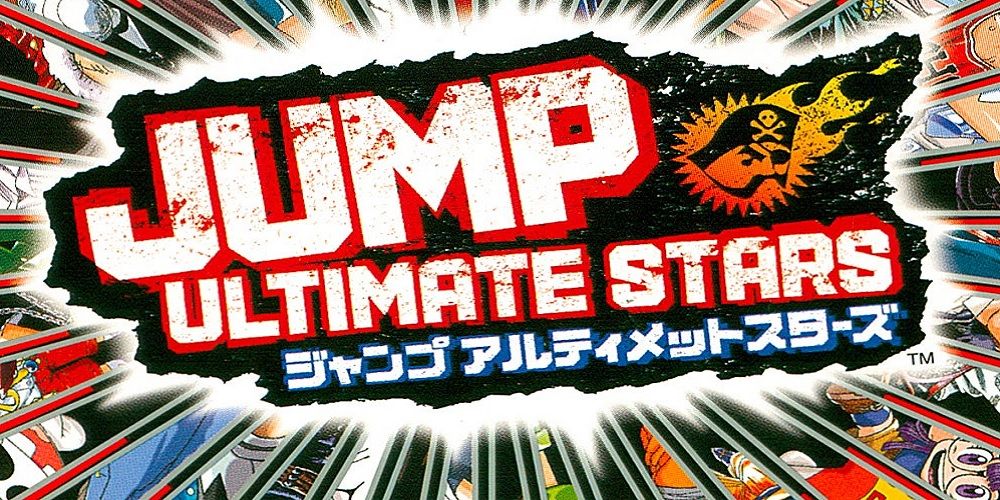
Jump Ultimate Stars boasts a whopping roster of over 300 characters from over 40 shonen series. 56 characters are playable, while the rest of the roster consists of support characters. Tons of popular series are represented, such as Bleach, Naruto, Death Note, and Yu-Gi-Oh!.
Despite glowing reviews and an outcry from Western fans, Jump Ultimate Stars never made it overseas. This is likely due to licensing differences between Japan and the US, as anime-based video games are published by various different companies in the US, making copyright a nightmare.
5 Ranma 1/2: Chougi Rambu Hen
Released On: SNES (1994)
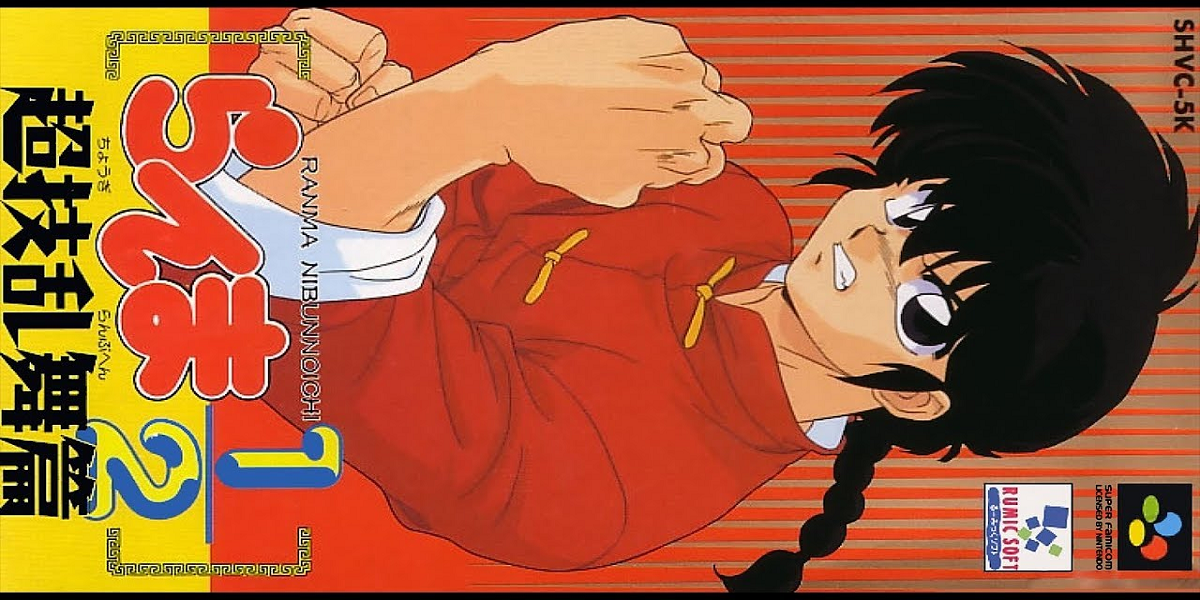
Originally planned for a North American release before the bankruptcy of its Western publisher, Ranma 1/2: Chougi Rambu Hen never made it to the West, unlike the other two SNES Ranma 1/2 fighting games. Chougi Rambu Hen includes a comprehensive story mode that changes slightly depending on the player’s chosen character.
The two other modes included are versus and tag team, with the latter being a single-player mode that lets players control two characters and switch between them. Ranma 1/2: Chougi Rambu Hen sold well and was met with positive reception, though the voice acting was noted to be poor.
4 Puella Magi Madoka Magica Portable
Released On: Playstation Portable (2012)
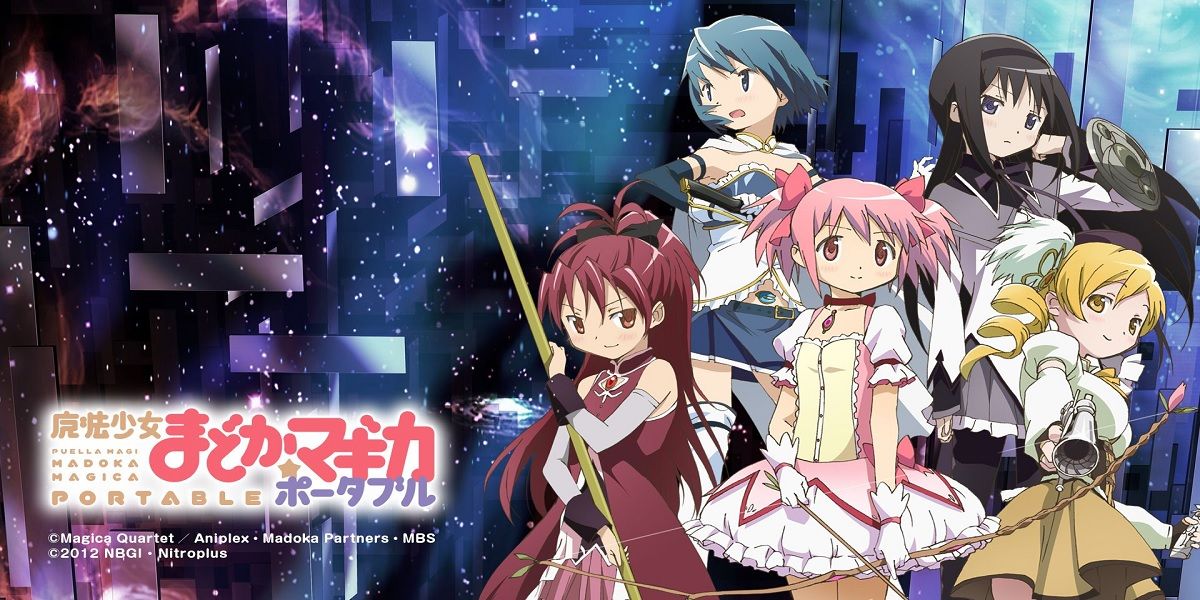
Driven by the widespread success of Puella Magi Madoka Magica, a spin-off RPG with its own unique story titled Puella Magi Madoka Magica Portable was released for the PSP. It includes branching paths, more content for side characters like Hitomi and Kyosuke, and even brand-new witches.
After clearing the final route of Madoka Magica Portable, Homura’s route, a new route unlocks. This route includes Hitomi becoming obsessed with Kyoko, Mami contracting to become an idol, and Sayaka actually becoming romantically involved with Kyosuke.
Released On: Playstation 2 (2005)

Unlike its two predecessors, Fullmetal Alchemist 3: The Girl Who Succeeds God never saw a Western release. Edward and Alphonse meet a mysterious teenage girl named Sophie, who has an odd transmutation circle carved into her left hand and a fondness for cats, much like Alphonse.
Another feature that sets Fullmetal Alchemist 3 apart from its predecessors is the ability to switch between Edward and Alphonse at any time. There’s also a Tag Battle mode that grants access to other popular Fullmetal Alchemist characters, like Roy Mustang, Riza Hawkeye, and Alex Louise Armstrong.
2 Angel Beats! 1st Beat
Released On: Microsoft Windows (2015)
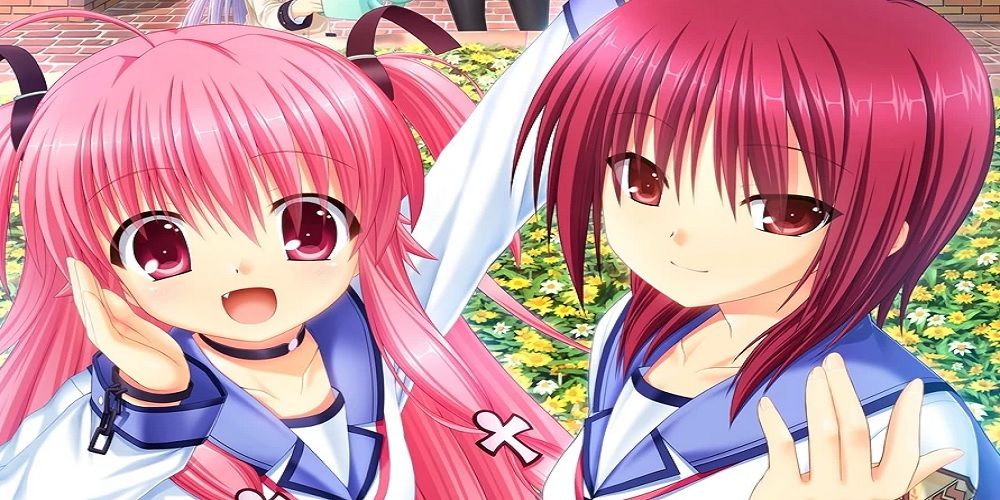
Rather than simply retell the events of Angel Beats! in a visual novel-style format, Angel Beats! 1st Beat uses a familiar cast to tell an entirely new story. Heavy emphasis was placed on player choice and branching paths, making every option feel impactful beyond just a surface level.
Angel Beats! 1st Beat includes a map feature that makes it easy to go through the different, varying paths. Romantic elements are included in the gameplay as well, with the protagonist being able to choose which heroine to pursue a relationship with. It went on to sell incredibly well, being one of Japan’s highest-selling titles of 2015.
1 One Piece: Great Pirate Colosseum
Released On: Nintendo 3DS (2016)
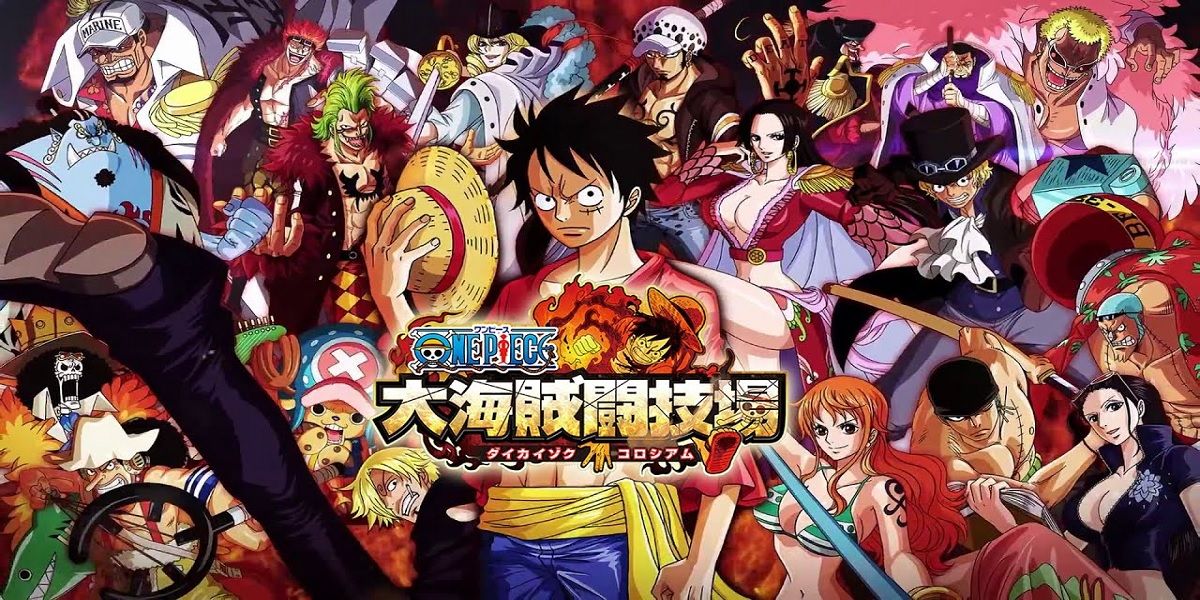
Not much information is known about One Piece: Great Pirate Colosseum, a 2D fighting game released exclusively in Japan for the Nintendo 3DS. There are 103 characters as part of its roster, with 23 being playable while the other 80 are support.
Gameplay for One Piece: Great Pirate Colosseum is that of a standard fighter. Players face off against each other in one-on-one battles, and each player can also bring along two support characters that can attack the enemy directly or provide additional buffs.





